Your Questions on Structure and Impact #163 ⭕️
Last Day to Register for Structure and Impact course on shaping the arch of a therapy session.
Here’s some of the commonly asked questions about the course, Structure and Impact.
1. Why Structure your sessions? You mean we shouldn't follow the lead from our clients?
We tend to conflate between structure and models. Models can provide a sense of structure, but structure need not be confined to restricting ourselves to particular approaches.
Structure provides us so much as a not a formula, but a form—a scaffold to help us grow a meaning conversational experience in the session.
When we just “go with the flow” without a sense of directionality, you run the risk of getting lost. In turn, this creates a meandering experience for the client, and thus, more likely for them to disengage from treatment.
Here’s how I think about structure. There are 3 Parts:
Finally, from a hierarchical perspective, Structure is the bones for impact, leading to engagement, and ultimately moving the needle on outcome.
For more about this, see this post.
2. What does structure got to do with creating impact?
When we have a structural foundation for the therapy hour, we increase the odds of creating a moving, emotional impact.
Much like a tree.
When we don’t think about the inner experience from our client’s perspective, we run the risk of a conversation sounding no different from a chat. A therapeutic conversation needs the warmth from a friendly conversation, but it also needs to be therapeutically fruitful. It needs the spaciousness to help the client speak the less spoken about, i.e., what they “will say, won’t say, and can’t say.”
In short, the conversation needs to go deeper.
Here's how I think about impact:
For more about this, see this post, Deconstructing Impact.
3. Are you actually giving us another model of therapy?
I sure hope not!
I'm much more interested in helping you develop your way of doing therapy. This course is a scaffold to help you do just that.
What do builders do with scaffold once the house is built? They tear down the scaffold.
4. I'm working on sooo many other aspects of my craft as a therapist, and I'm fearful of being overwhelmed by more content.
This is a valid concern.
It's a common refrain I hear from highly motivated therapists around the world.
Here's my response in the Frontiers Friday podcast episode on "What do I do?!"
If this might not be the right time for you... this might not be the right time for you.
The last thing I want is to add to your overwhelm. The next cohort might open for another couple of months.
5. The holidays are around the corner. I'm interested in the course but I won't be around during this festive season.
As we say in Down Under, no worries mate!
Instead of a recording of a lecture, this course is specifically designed for online-learning, with 4 Sections dispatched each week.
Structure and Impact is a hybrid of cohort-based and self-paced learning. This means that you get to learn together with me and other practitioners from the world over, as well as the wiggle-room to go through the entire course at your own-pace. You can dip your toes back into specific sections at any point, and interact the rest.
It's not subscription-based; it's a LIFETIME access. So take all the time you need to go through the content
Notice Board:
Greetings from Singapore
Frontiers of Psychotherapist Development (FPD) website is experiencing some blues i.e., webpages are not showing up. Thanks to those who flagged it out to me over the past week. Thanks to Daniel Martis for coming to the rescue to fix things on the backend.
LAST DAY: The 3rd Cohort of Structure and Impact course is now CLOSES FOR REGISTRATION AT THE END OF TODAY, 1st of Dec 2023!
LAST DAY
Today is the last day to register for the 3rd cohort, starting Monday, 4th of Dec, 2023.
Since I’ve began teaching online in 2018, this has been one of the most popular in DC courses.
The Structure and Impact course is specifically designed to help you shape the arch of a psychotherapy session so that you can make the encounter come alive.
Structure and Impact doesn’t provide you a “formula”, but a form to help you scaffold your work.
Learning to develop a structure of your own is a skill that every therapist should have. It's pretty hard to build a building without a scaffold.
As far as I’m aware, this is the first training available on helping you shape the arch of therapy to make it come alive.For more about this course, check out this link.
The course is $280, and with the promo code, you'd get $50 off. Just key in at the checkout, GIFT50. Easy peasy.
NOTE: THIS DISCOUNT ENDS ON FRIDAY, 1st of DEC, 2023.
I hope you’d join us.Details:
Start: 4th of Dec, 2023.
Closing Date: 1st of Dec, 2023, i.e., TODAY.Length: 1 month duration with 4 in-depth sections provided on a weekly basis.
Format: Interactive cohort-based, and self-paced (i.e., no need to log on at specific times).
Access: Not time-limited; Lifetime-Access.
Cost:
For Professionals: $280, with $50 off using the promo code: GIFT50
For Trainees: I am sponsoring 10 people who would really like to be in the course, but can’t afford to do so due financial hardship or due to a significant disadvantage from the currency exchange. If this is your situation, please email me to be part of this.
For more about the course, click HERE.Here’s some stuff I’ve previously written about this topic:
Daryl Chow Ph.D. is the author of The First Kiss, co-author of Better Results, The Write to Recovery, Creating Impact, and the latest book The Field Guide to Better Results.


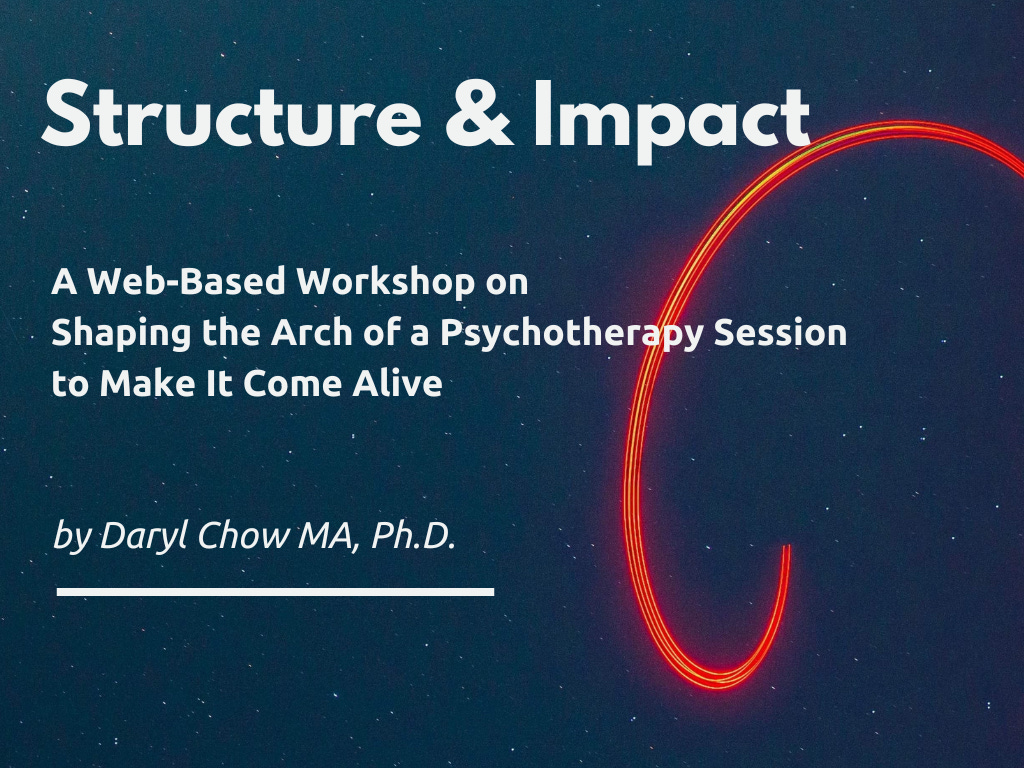

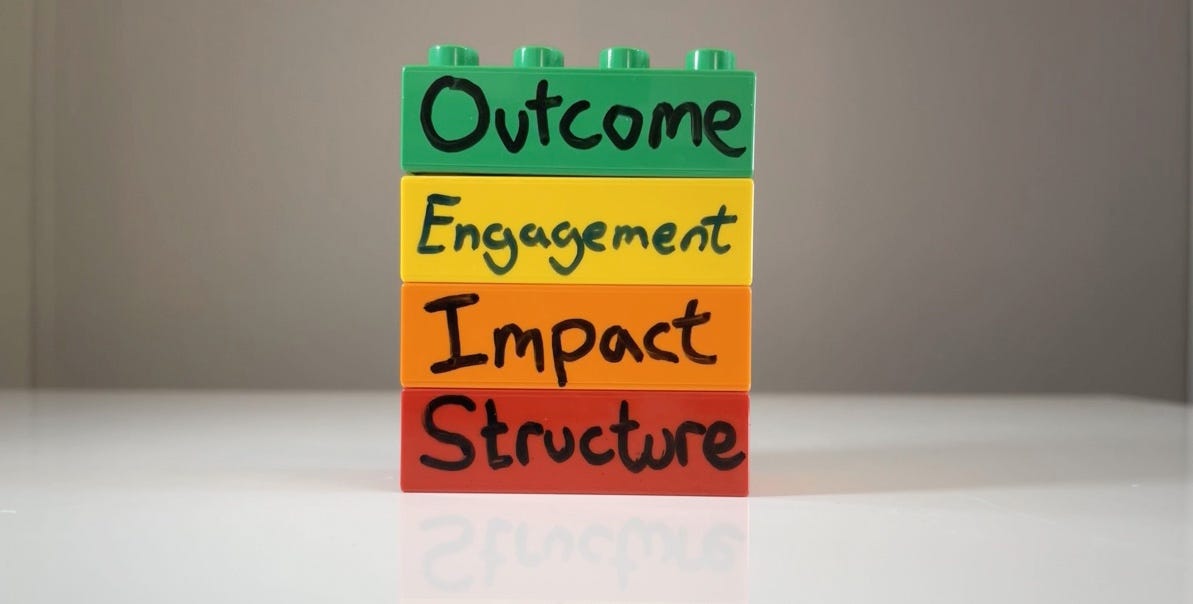
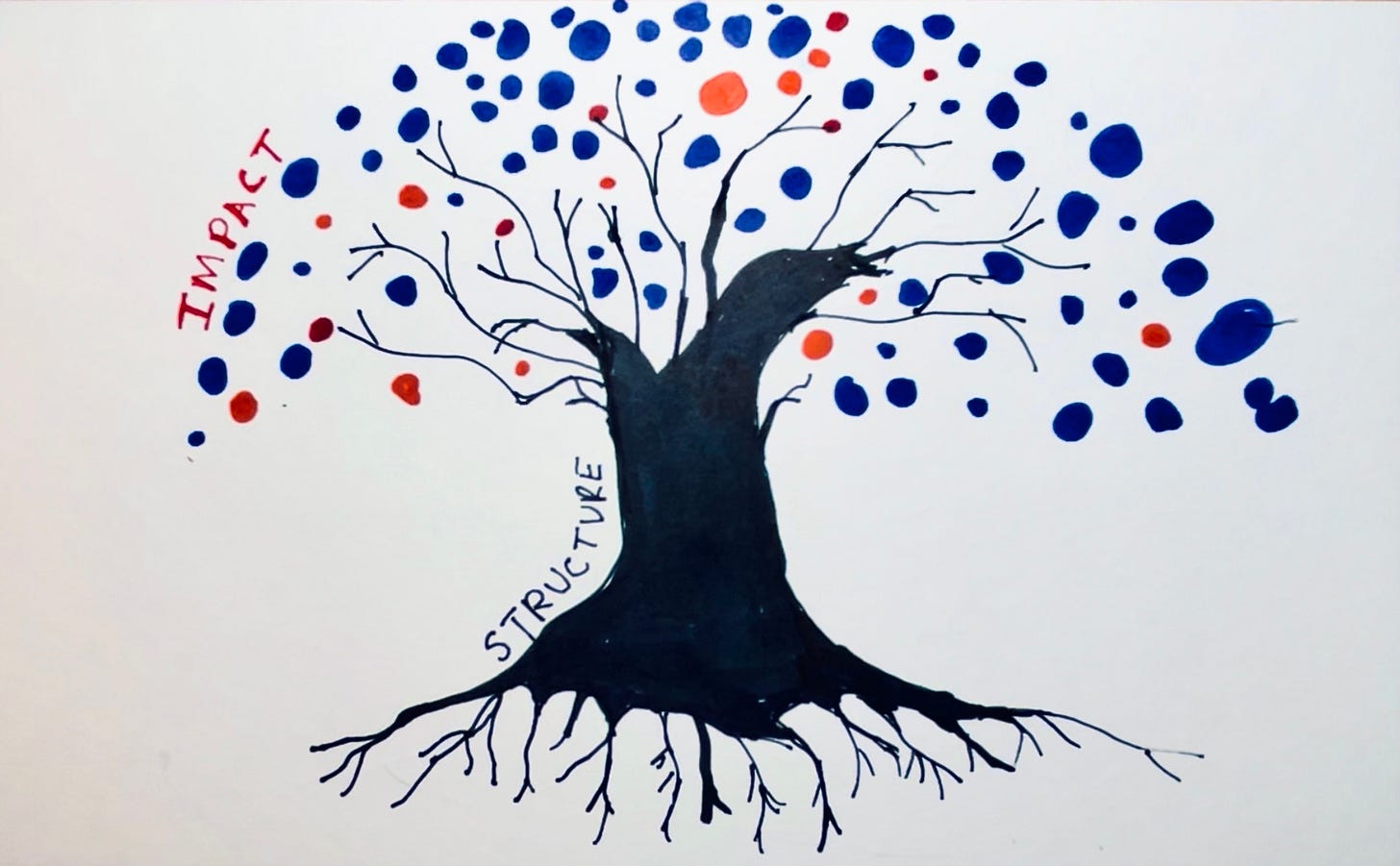
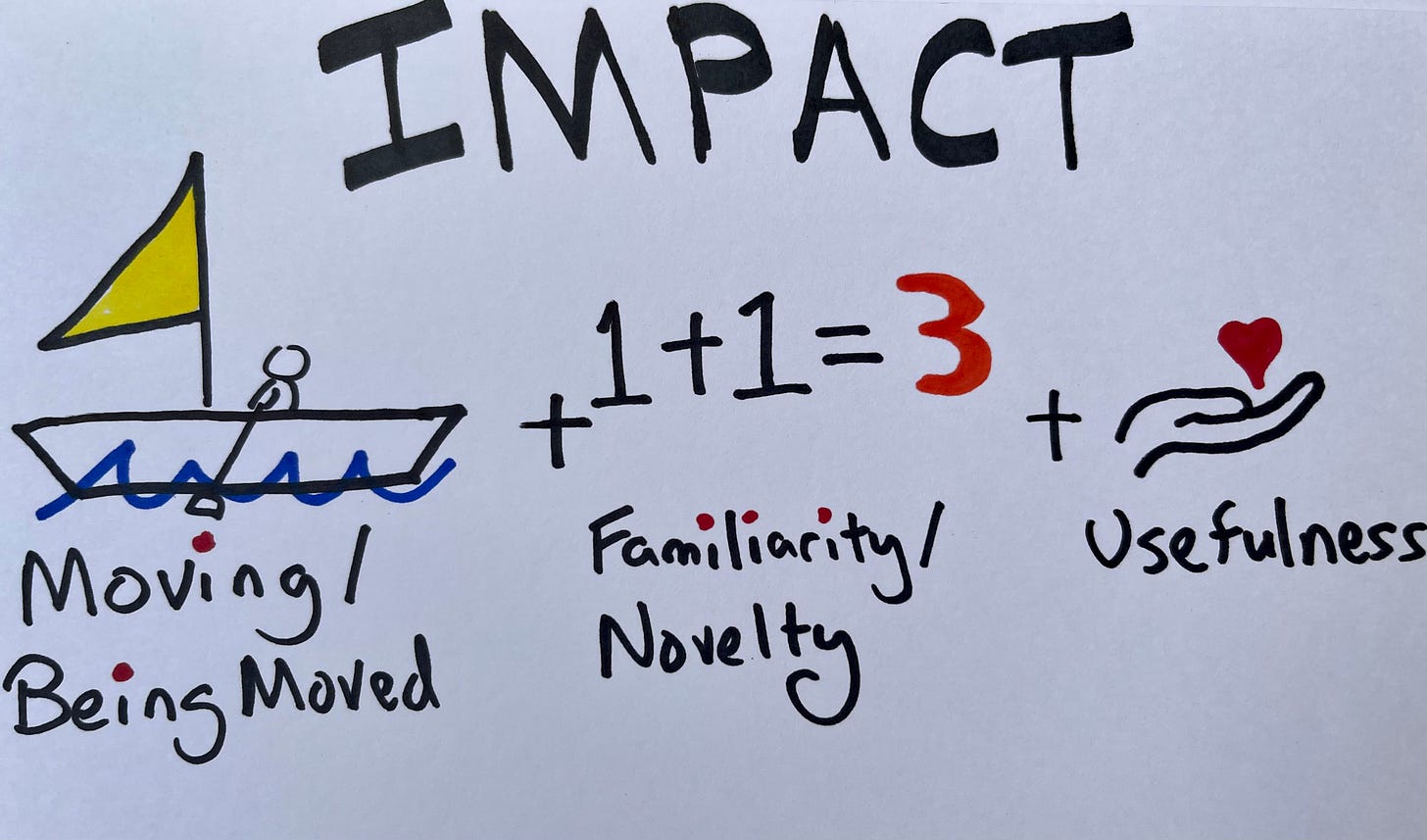

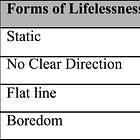

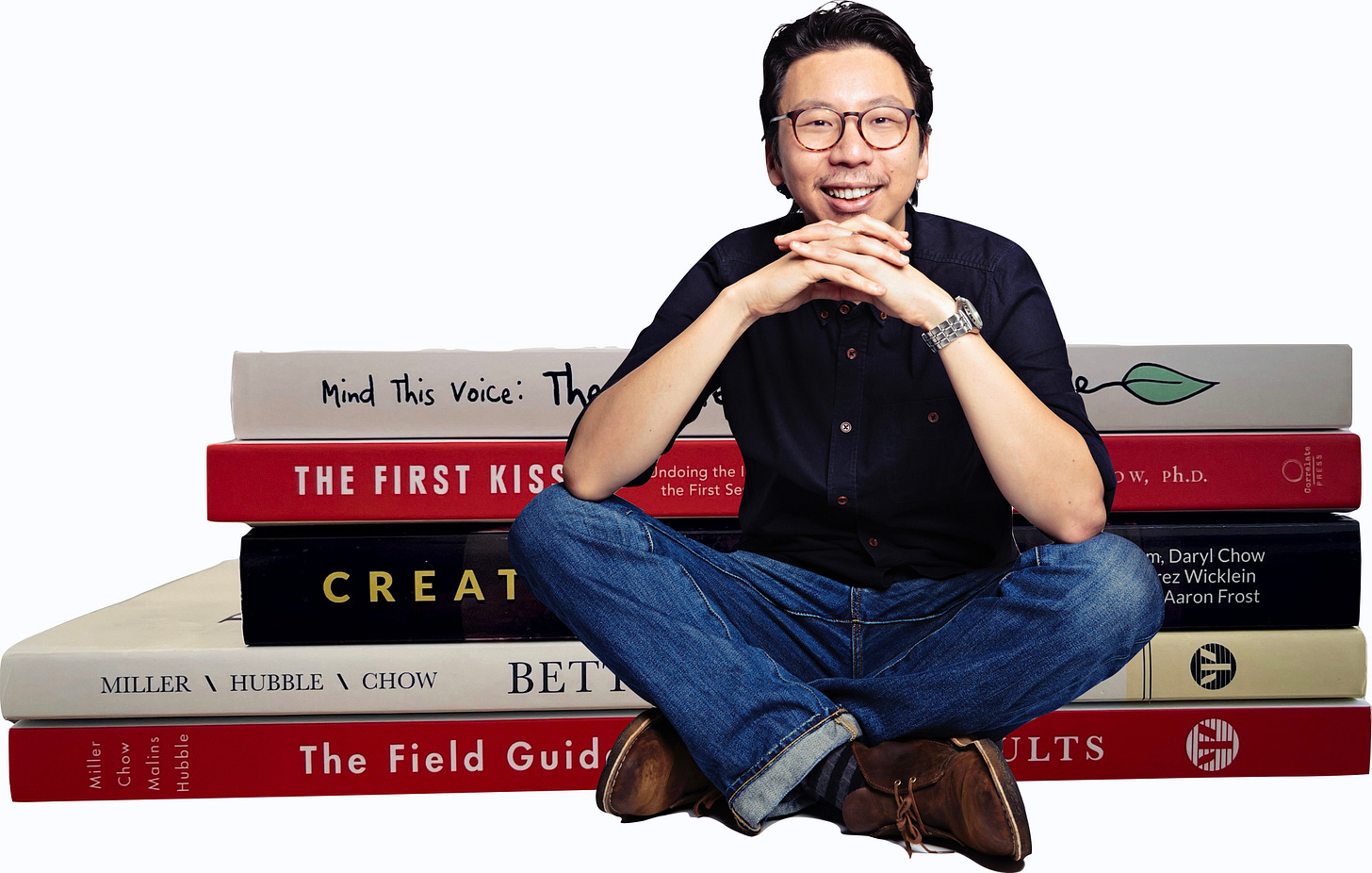
RIP: Charlie Munger
>" It’s not supposed to be easy. Anyone who finds it easy is stupid.”